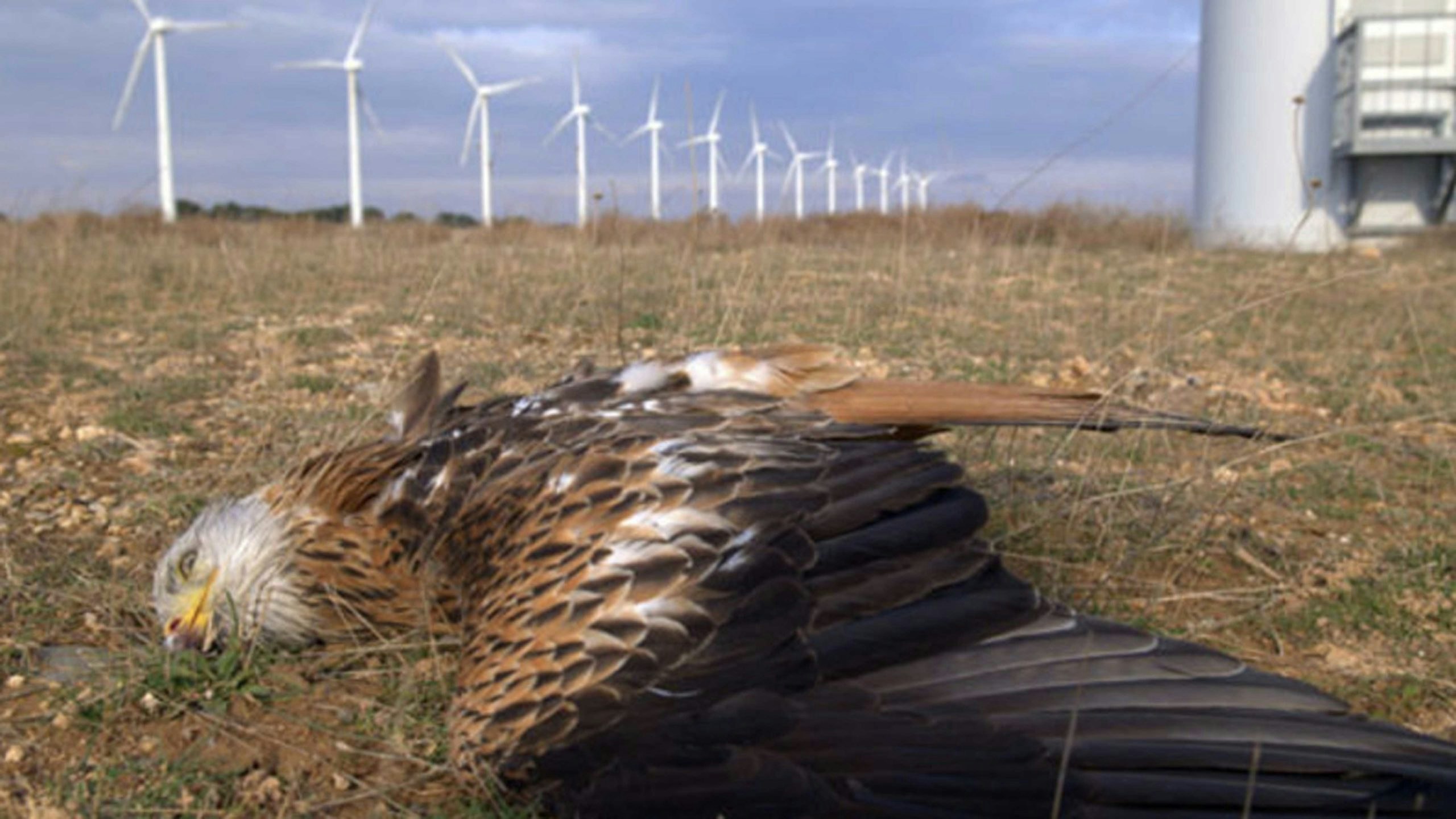Despite his love of green energy, a Wyoming biologist tracking golden eagle deaths is calling for Carbon and Albany Counties to put the brakes on wind energy expansion.
“In my opinion, existing wind projects are already causing a chronic population decline of resident eagles,” Mike Lockhart, a biologist with 33 years of experience, told Cowboy State Daily last week.
Lockhart’s comments referenced his years-long eagle tracking project, which attributed multiple golden eagle deaths to wind turbine strikes.
Lockhart said that so many new wind projects are in the works the golden eagle population will continue to decline.
“The extent of proposed wind projects will vastly increase and accelerate those (turbine) impacts to a point where current population levels are impossible to maintain,” he said.
Bald eagles, Lockhart said during a presentation to the Carbon County Commission earlier this month, seem more accepting of changes in their landscape than the stubborn golden eagles.
He added that the windy lands near Interstate 80 in Carbon and Albany counties, especially the Shirley and Laramie Basins, are prime golden eagle habitat – perhaps the finest in the nation.
For northern-based golden eagles that swing from Canada to Mexico with the seasons, the area is a prime corridor; and for Wyoming homebody eagles, or “residents,” the area is a key habitat.
Lockhart has captured 176 eagles for temporary study since 2014, fitting 113 of them with satellite tags for further tracking. Of the 113 tagged, 80 were on or next to existing and proposed wind project areas, and were tracked for specific wind impact studies. The group includes breeders and “floaters,” or bachelors lurking for a good breeding habitat.
One lamentable facet of raptor study, noted Lockhart in his presentation to commissioners, is that wind energy development tends to move faster than the life-cycle studies, leaving biologists to play catch-up to discover the effects of wind turbines already built or proposed on eagles living out their long and seasonally patterned lives.
Death Trends
Of the 113 eagles tagged, Lockhart logged 20 golden eagle deaths with known causes: 17 of were killed by human-related activity and three died of natural causes, such as disease or conflicts with other eagles.
Here’s how the 17 golden eagles killed by human activity died:
One by collision with wire;
One, by lead poisoning, specifically, ingesting bullet fragments;
Two were shot;
Four died of vehicle collisions;
Four died of wind turbine strikes, and
Five were electrocuted – including one killed by a power line designed with an insulator developed to protect raptors.
Some bald eagles were also tagged, but fewer of their deaths were related to human activity.
Federal Transparency
Lockhart’s concerns were twofold: that wind expansion in the Shirley Basin area, especially, should be halted for further study and mitigation and that the U.S. Fish and Wildlife Service should air its conversations with wind developers publicly.
“They’re not transparent enough,” Lockhart said, “and they need to be a lot more rigorous in terms of what’s happening on the ground and actually monitoring that and not having third parties do it.”
Lockhart clarified that there are fine biologists working for and with the Fish and Wildlife Service, but he fears they may be “run over” by a current federal climate of green-energy frenzy.
“I’m a green energy proponent myself,” Lockhart said, adding that the Fish and Wildlife Service should focus more on protecting at-risk species than promoting wind power interests.
Rigorous Habitat Study
Nearly all the wind projects in the Shirley Basin belong to Rocky Mountain Power.
Rocky Mountain Power did not respond by midday Friday to a voicemail requesting comment.
Kara Choquette, communications director of Power Company of Wyoming, countered Lockhart in an interview last week with Cowboy State Daily.
Choquette said her company’s wind farm, the Chokecherry and Sierra Madre Wind Energy Project, undertook a lengthy U.S. Fish and Wildlife Service process of habitat review before the wind structures could be built.
Unlike the Rocky Mountain Power projects, the Chokecherry is not in the Shirley Basin but is farther south than the area Lockhart is most concerned about, Choquette said, adding the process for establishing turbine routes around eagles has been rigorous nonetheless.
Six years of “many biologists” studying habitats, she said, preceded construction, and the studies are still ongoing even as the turbines cycle on.
“It’s a pretty high standard of conservation before you can get an incidental take permit for eagles,” she said.
The “incidental take” is the number of eagles a wind project is allowed to kill or disturb, accidentally, under Fish and Wildlife Service protocols.
The Fish and Wildlife Service announced in 2016 the Chokecherry farm may be allowed to “take” one to two bald eagles and 10 to 14 golden eagles per year.
Choquette said because “take” is also defined as “disturb,” the actual number of golden eagle fatalities is likely below that threshold of 10 to 14.
Chokecherry planners also were required to place insulators on power poles and establish other environmental measures which, she said, could provide a “net benefit” to eagles, resulting in an overall population increase.





